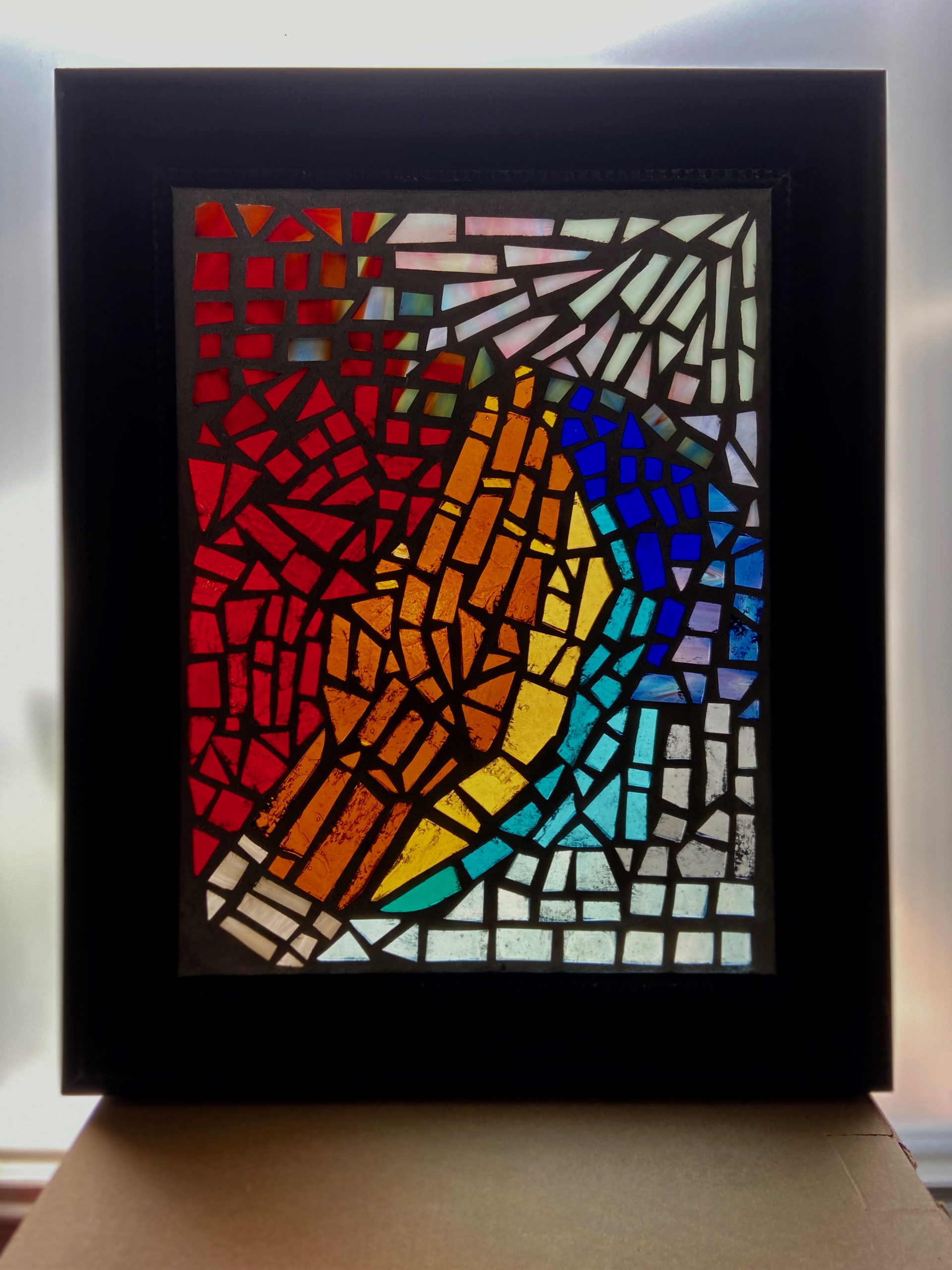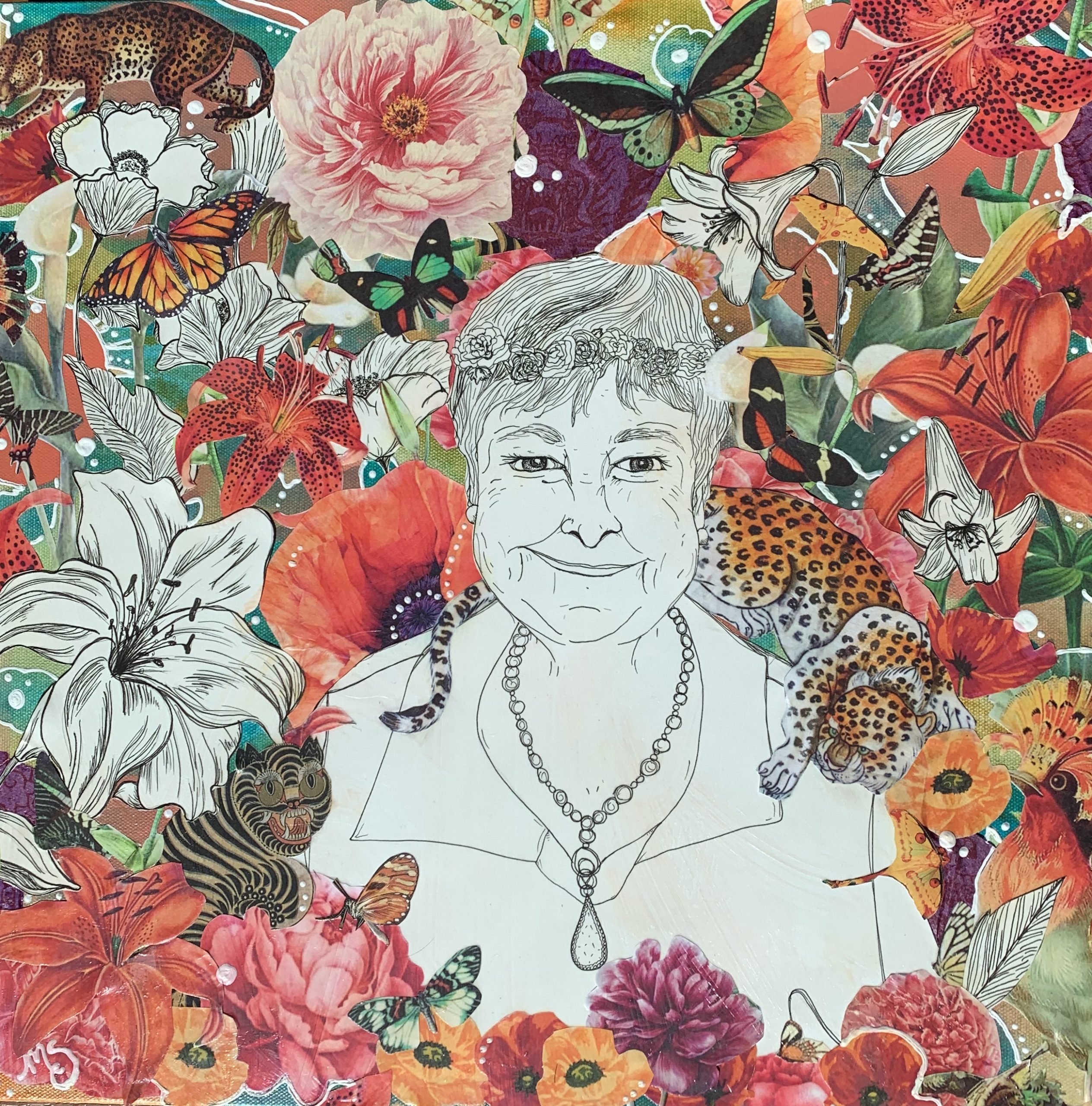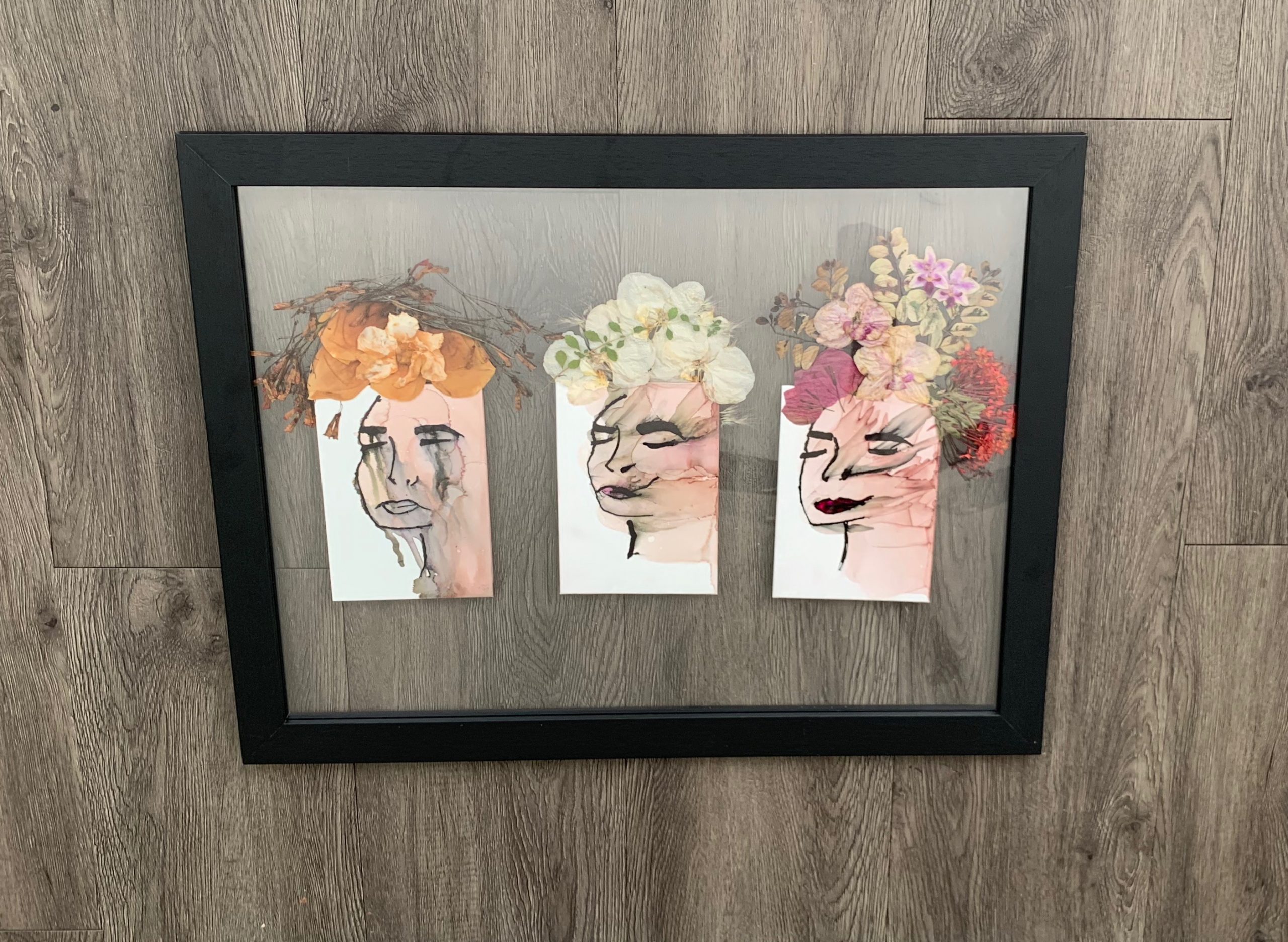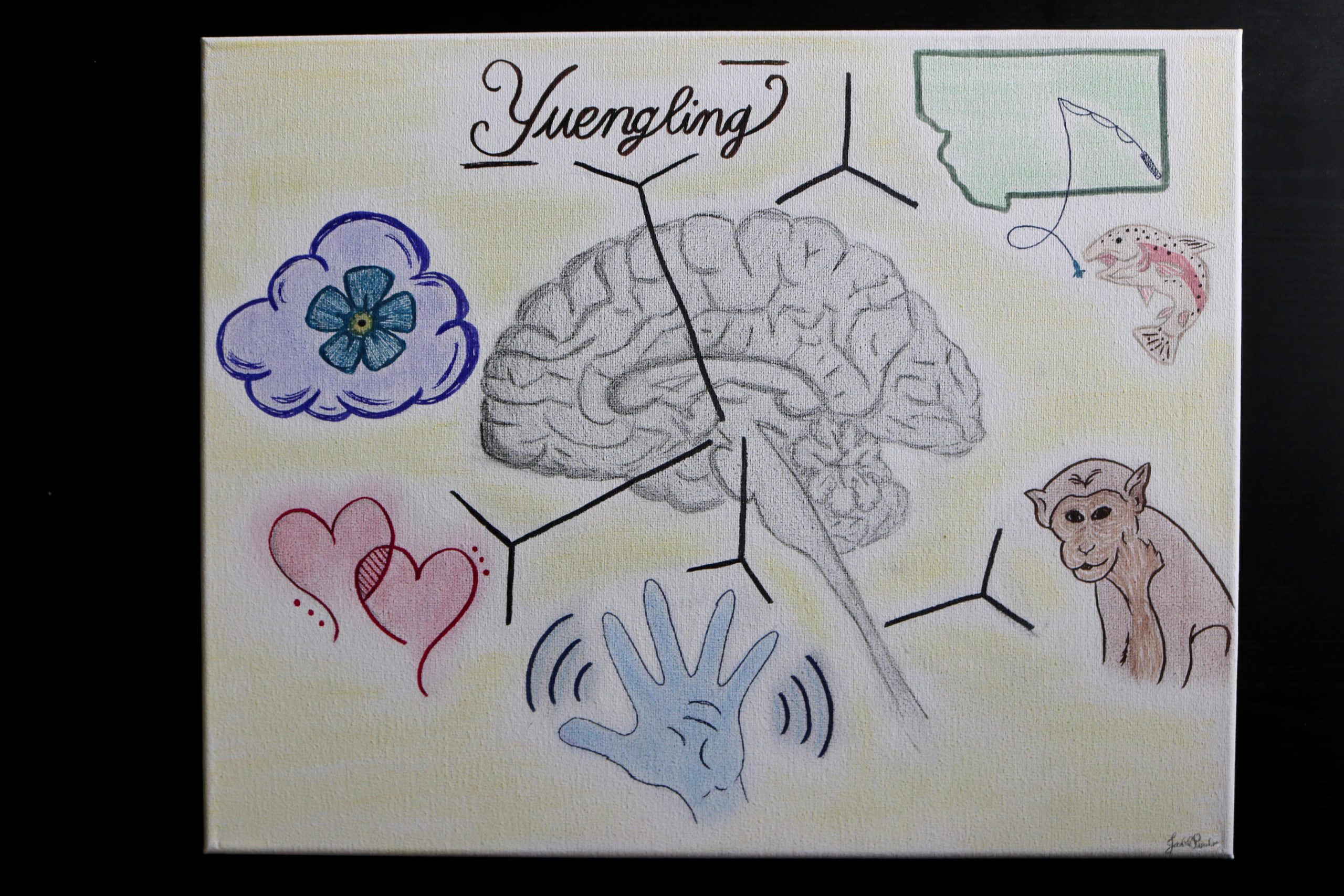I was told that Ms. A has diabetes, fibromyalgia, and gastroesophageal reflux disease. But our conversations do not focus on her aches and pains. Ms. A instead talks about her family members and other important figures in her life.
I visited Ms. A on Fridays. After a hug from her, the second thing that greeted me when I walked into her home was a large photo collage that she had made over several years. It had pictures of all of her family members and other individuals important to her – school photos, snaps from birthday parties, and professional headshots. Each time I saw this collage it reminded me of Ms. A’s compassion, attention to detail, and commitment to long-term goals. She has shared that she invested so much time in looking after others that she had not been able to fully take care of herself. I also quickly learned that Ms. A knows more about her comorbidities and their management than any doctor she receives care from. She has successfully decreased her weight, lowered and maintained her blood sugars, and schedules and attends her many doctors’ appointments without assistance. She even helps her neighbor, who has diabetes and is blind, by administering insulin and shopping for groceries.
I noticed that Ms. A did not have many photos of herself in her collage. Therefore, I wanted to make something dedicated to her. I settled on a glass mosaic because she had given me a window into her life, and I wanted to make something she could put on the ledge.
Ms. A had told me she admired praying hands. This became the subject of the mosaic as she frequently references the Bible in our conversations and her church group is a primary source of community. Her faith is a reliable resource, despite the healthcare system’s shortcomings. The color sets are Ms. A’s favorite. From a symbolic standpoint, the progression from reds to blues symbolize the unity that is achieved when opposing forces are harmonized by the joining of hands. In my faith of Hinduism, Namaskara, the ubiquitous sign of greeting, unity, and reverence, resembles Christian praying hands. Beyond these meanings, I now think of Ms. A when I fold my hands. I think of the strength and grace Ms. A demonstrate in overcoming health challenges and how she acquires them through folding her own hands daily.
About the Artist: Trisha Dalapati
Trisha visited the SCOPES exhibit at the beginning of her first year at Duke Med and admired the longitudinal exploration the program’s participants undertook to create their art. Although Trisha never formally trained in art, she dabbled in taking art history classes in undergrad, venturing to local art exhibits and museums during family vacations, and painting and glass working. In SCOPES, she has enjoyed learning from peers and physicians about their experiences making art and using it to build relationships with patients. For Trisha, making art feels restorative and the time invested in a piece honors the complexity of each patient’s story. Outside of medical school, Trisha enjoys gardening, running, experimental cooking, and drinking coffee.






